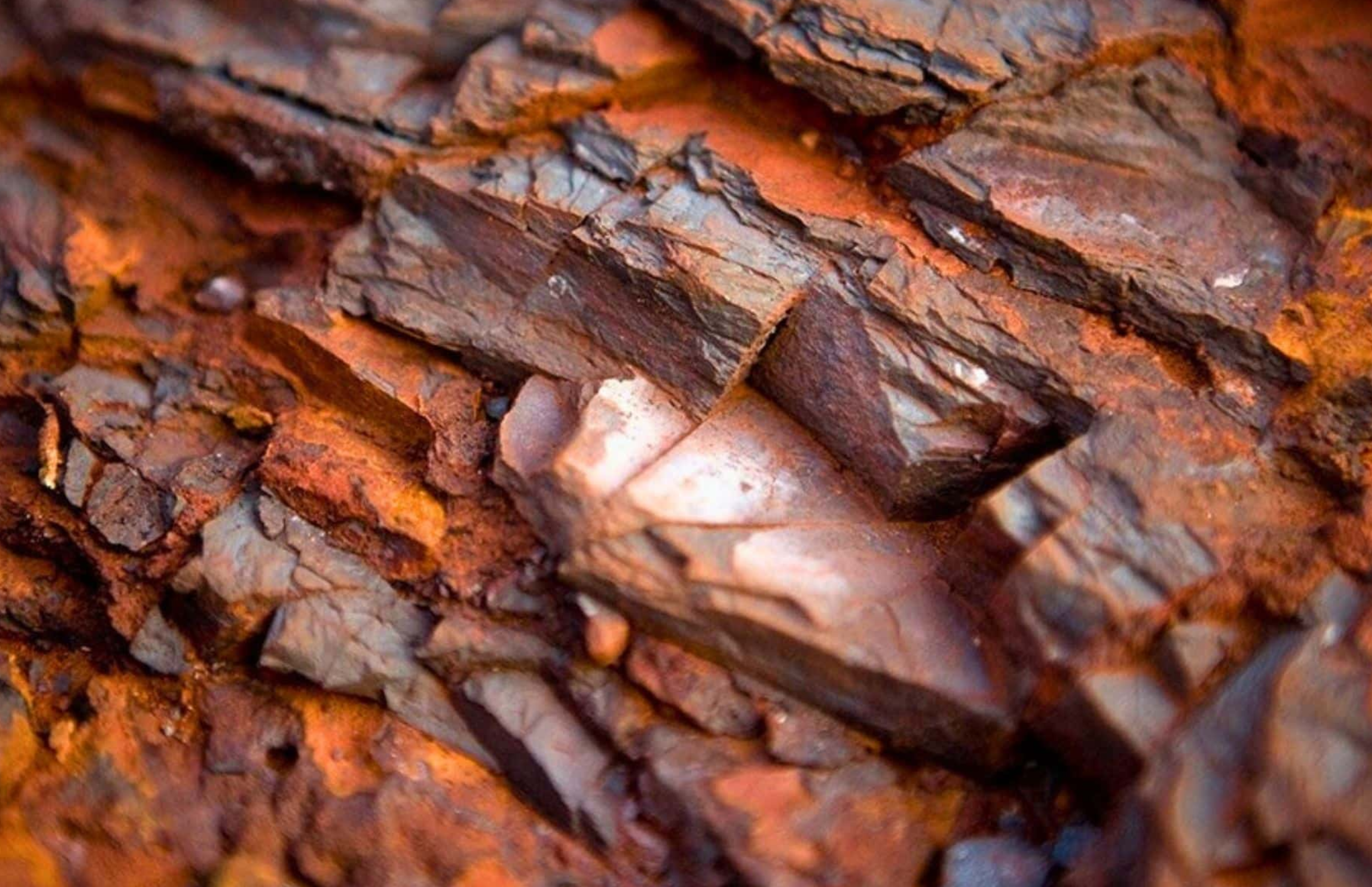Simandou’s first shipment: a three-decade epilogue and a turning point for the iron ore industry
News Analysis

20
Nov
2025
Simandou’s first shipment: a three-decade epilogue and a turning point for the iron ore industry
On 18 November, the Simandou iron ore mine (Simandou) in Guinea shipped its first ore, after nearly three decades of delays due to political instability, ownership fights, weak iron-ore prices, high CAPEX, and complex logistics.
The US$20Bn project, which includes a 650km-long railway and a deep-sea port, at full capacity, Simandou has the potential to produce 120Mtpy of 65% Fe (iron) content in iron ore fines at full capacity, a grade equivalent to Vale’s Carajás mine in Brazil. The first ore shipment is an initial export run, with full commercial production expected to ramp up over the next 30 months.
Simandou is split between two operators, Rio Tinto and China’s Chalco in the south (blocks 3 and 4) and the Chinese/Singaporean Winning Consortium Simandou (WCS) in the north (blocks 1 and 2), with the Guinean government holding a 15% carried interest across all parts. The same structure applies to the shared rail and port infrastructure. Chinese state-owned steelmaker Baowu has shares in WCS and is also an indirect shareholder in the Rio-Chalco joint venture.
Simandou’s production is expected to mark a turning point for the global iron ore market. In late 2010, iron ore market pricing moved from annual negotiations to index-based, with miners willing to take advantage of China’s surging steel production and iron ore demand. This change has been a cause of strained relationships between miners and Chinese mills over the years.
With Simandou, China has an opportunity to regain some control over the price of iron ore, although both Rio Tinto and the Guinean government are likely to ensure that prices will not drop significantly as a result of the new supply.
Simandou offers Rio Tinto exposure to higher-grade ore, compared to the average 62% Fe Pilbara ore, and the opportunity to compete with Vale in China and Europe. Higher-grade ore improves the efficiency of blast furnaces while reducing carbon emissions.
Simandou would make Guinea a top iron ore exporter and could account for 3–4% of its GDP by the end of the decade. Guinea is also planning pellet and direct reduced iron plants to supply green steel markets in Europe and the USA, leveraging its proximity to cut costs.
At full capacity, Simandou would only produce 0.8% of the contestable global iron ore market but could account for 10% of China’s imports. Nevertheless, the new supply will most likely put some pressure on prices at a time when Chinese steel production is declining.
In 2025, Project Blue forecasts that China’s steel output will drop to 985Mt versus 1,002Mt in 2024, while iron ore prices are likely to trend gradually downwards to below the US$100/t mark as operations at Simandou ramp up. Although it is too early to say if Simandou will be a game changer, it represents a turning point for the iron ore industry.